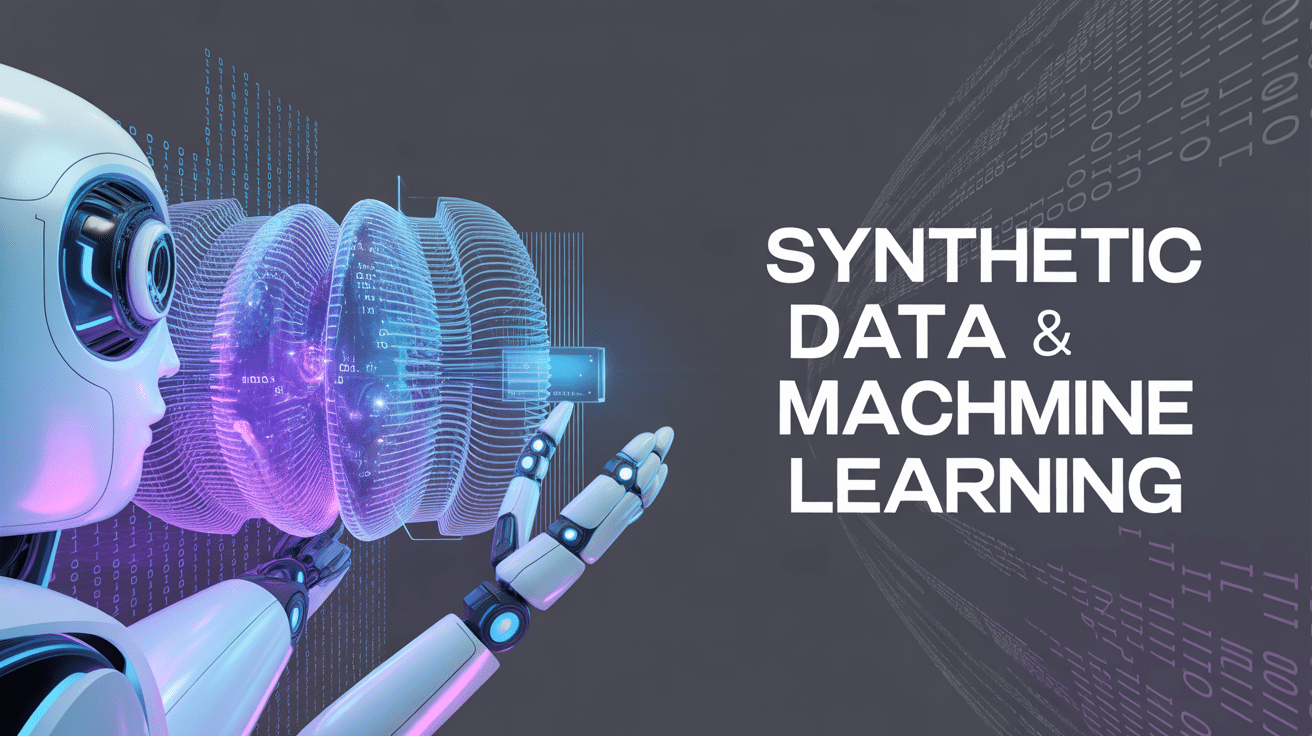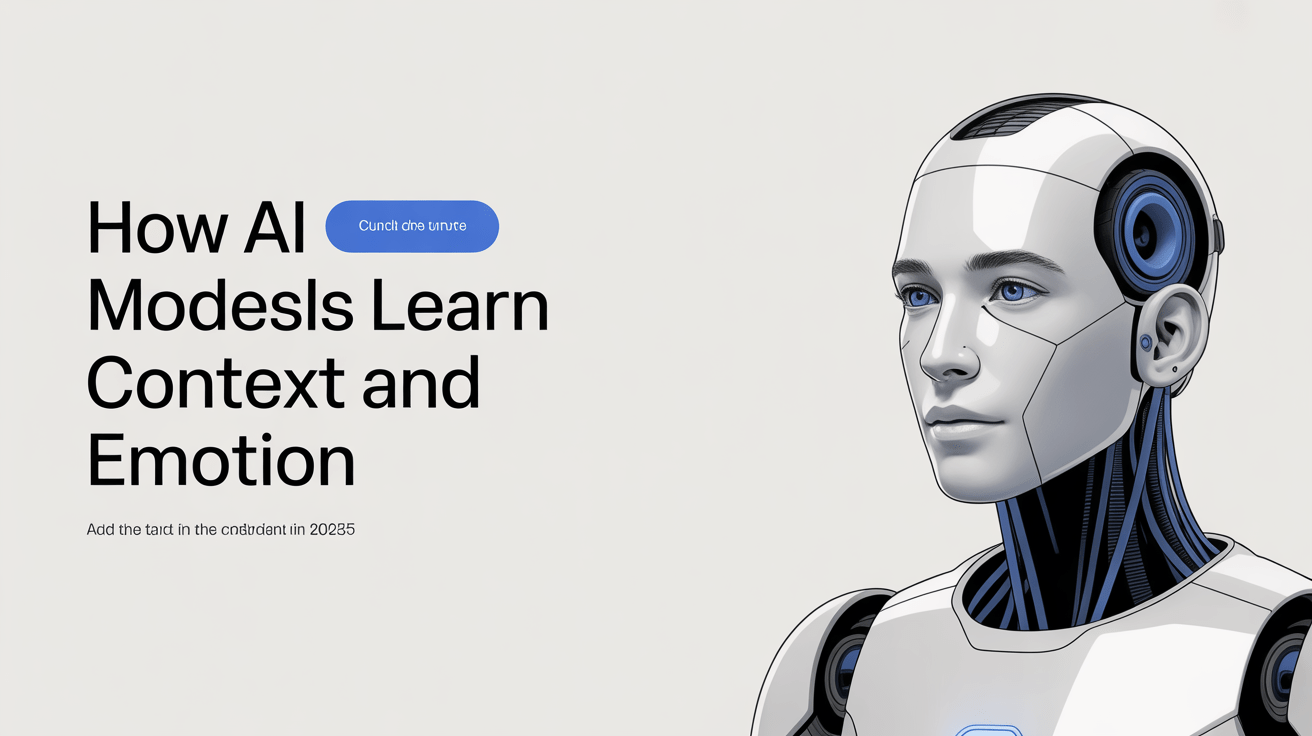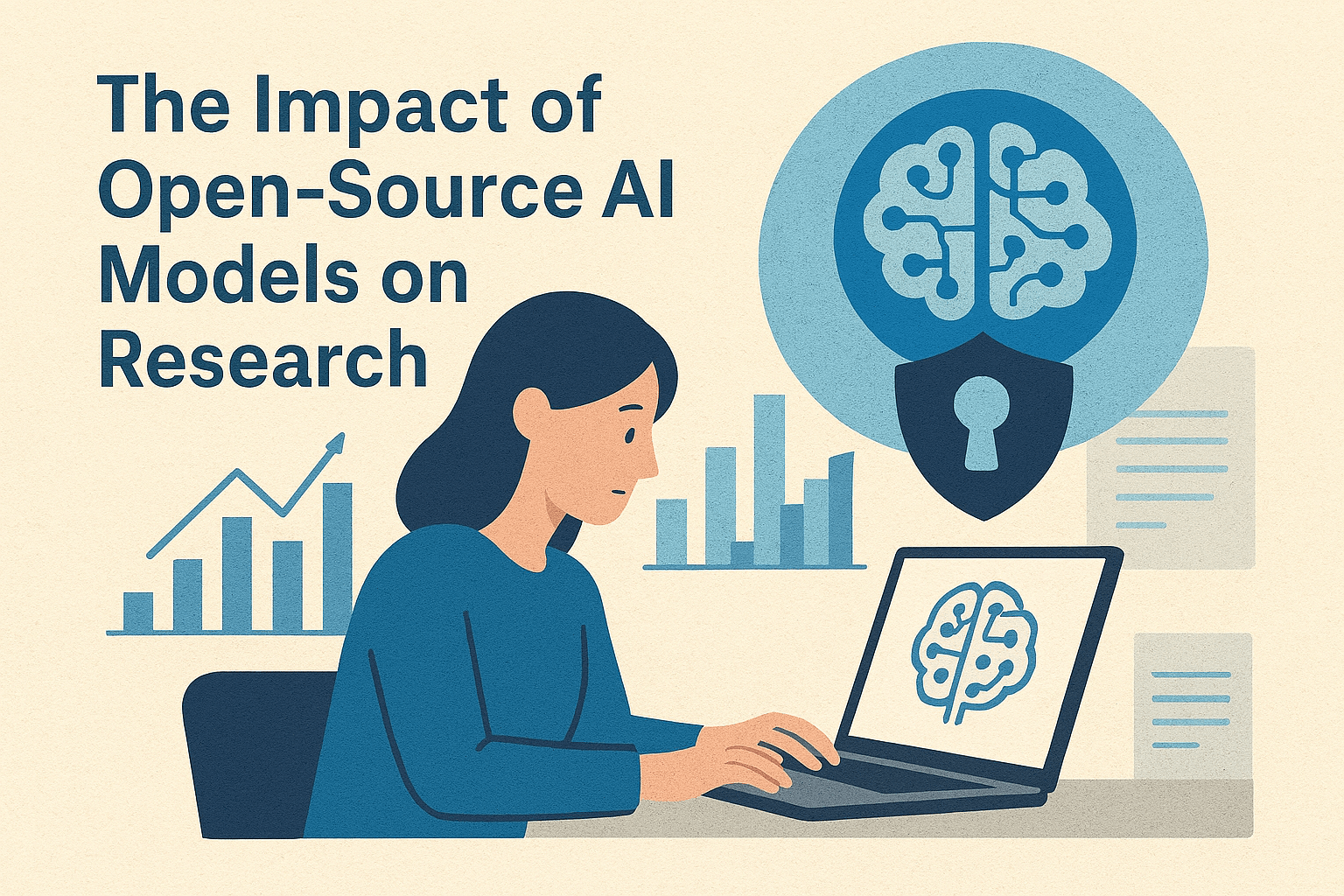
Introduction
The increasing complexity and scale of machine learning (ML) models have brought an insatiable demand for vast amounts of high-quality data. However, data collection is often hampered by privacy constraints, scarcity, and bias issues, limiting the potential of artificial intelligence (AI) development worldwide. Enter synthetic data in machine learning – an emerging paradigm that is reshaping how AI engineers and data scientists generate, augment, and utilize datasets for training advanced models. By simulating realistic, yet artificial data points, synthetic datasets provide a cost-effective, privacy-preserving alternative to customary data, catalyzing innovation across fields from autonomous vehicles to healthcare diagnostics.
The global impact is profound: as AI adoption becomes ubiquitous in sectors like cybersecurity, robotics, and cloud computing, synthetic data is becoming an essential enabler of scalable and ethical machine learning workflows. Recent breakthroughs in generative models, including GANs (Generative Adversarial Networks) and diffusion models, have pushed the frontier of synthetic data fidelity, making it nearly indistinguishable from real-world data.This article explores the technical foundations, industry applications, challenges, and future trajectories of synthetic data in machine learning, supported by insights from leading voices across the technology landscape.
Understanding Synthetic Data in Machine Learning
Synthetic data refers to artificially generated facts that mimics the statistical properties of real-world datasets without containing identifiable information from actual individuals, systems, or environments. Unlike traditional curated data, synthetic data is created algorithmically, often leveraging probabilistic models, simulation engines, or deep learning-based generative architectures.
Within the broader digital ecosystem, synthetic data integrates tightly with AI pipelines, serving to supplement or replace real data sources that are limited by regulatory compliance such as GDPR, HIPAA, or CCPA. Thought leaders at IBM have emphasized synthetic data’s role in safeguarding privacy while maintaining analytical utility, especially in sectors like finance and healthcare where data sensitivity is paramount.
At MIT, academic research has focused on synthetic data as a solution to inherent biases in datasets that impair model fairness, proposing frameworks to generate balanced and representative synthetic samples.This capacity to generate “unseen” data scenarios enhances the robustness of machine learning models, creating safer and more adaptable AI systems.
Technical Foundation
The core technologies underpinning synthetic data generation span a spectrum of machine learning and simulation frameworks. The most prominent are generative models, including:
- Generative Adversarial Networks (GANs): A dual-network architecture where a generator creates synthetic samples and a discriminator evaluates their authenticity. This adversarial training drives increasingly realistic synthetic data outputs, from images to tabular data. NVIDIA has pioneered GAN-based synthetic data for autonomous vehicle training by simulating sensor inputs.
- Variational Autoencoders (VAEs): Thes encode data into a latent depiction and decode synthetic samples, preserving key statistical features while allowing interpolation and diversity in generated data.
- Diffusion models: Emerging as state-of-the-art in image and text generation, these iterative denoising models provide high fidelity synthetic outputs that generalize well across domains.
Beyond generative networks, synthetic data often involves physics-based or agent-based simulations that model real-world systems – from urban traffic patterns to molecular interactions – leveraging domain-specific knowledge combined with cloud computing scalability. High-performance cloud platforms like google Cloud and amazon Web Services enable these simulations at scale, integrating synthetic data pipelines seamlessly with ML training workflows.
Furthermore, synthetic data interfaces effectively with AI fields such as computer vision, natural language processing, and robotics, allowing developers to bootstrap models where data scarcity or imbalance is a bottleneck. Synthetic datasets contribute fundamentally to automation by enabling continuous model improvement cycles even in environments with evolving data distributions.

Real-World Applications
Synthetic data is now integral to diverse industries, driving innovation where real data acquisition is impractical or risky. key application domains include:
- Autonomous Vehicles: Companies like NVIDIA use synthetic sensor data to train perception systems, virtually simulating billions of driving miles across varied conditions, crucial for edge case handling and safety validation.
- Healthcare: Synthetic patient records and medical imaging alleviate privacy concerns, enabling research and AI diagnostics development without exposing sensitive information. Projects like Google Health leverage synthetic data for rare disease modeling.
- Cybersecurity: Synthetic attack simulations generate diverse threat scenarios to train and test intrusion detection systems, enhancing resilience without exposing real network traffic.Microsoft Research highlights synthetic data’s role in evolving cyber defense models.
- Financial Services: Generating synthetic transactional data reduces exposure to sensitive customer information while enabling fraud detection and risk assessment analytics at scale.
- Robotics: Simulation-generated synthetic training data expedites the development of robotic vision and manipulation systems, improving adaptability in unstructured environments.
Global enterprises and cloud service providers such as AWS have embedded synthetic data tools into their AI/ML platforms, facilitating seamless experimentation and deployment for developers worldwide.
Advantages and Business Impact
the quantitative business benefits of synthetic data in machine learning are multifaceted. According to data from Statista and Gartner, organizations employing synthetic data report notable improvements in model performance, time-to-market, and compliance cost reductions.
Key advantages include:
- Data Accessibility and Volume: Synthetic data supplements sparse datasets, providing orders of magnitude more training data without expensive collection efforts.
- Privacy Compliance: Eliminating the use of real personally identifiable information sidesteps regulatory risks, accelerating AI project timelines.
- Bias Mitigation: Controlled generation of balanced datasets addresses fairness challenges inherent in real-world data.
- Cost Efficiency: Synthetic data reduces reliance on costly data labeling and acquisition, improving ROI on machine learning investments.
- Model Robustness and Innovation: Synthetic scenarios enable exploration of edge cases and rare events, leading to safer and more generalized AI systems.
Companies report up to a 30% decrease in model training costs and a 25% boost in accuracy by integrating synthetic data approaches. These measurable impacts underscore synthetic data as a pivotal enabler of competitive advantage in the data-driven economy.
Challenges and Ethical Considerations
Despite its promise,the deployment of synthetic data in machine learning faces several technical and ethical hurdles. A primary limitation is the representativeness gap - synthetic data can inadvertently omit subtle real-world correlations if the generative models are imperfect.
Research on arXiv has highlighted risks around synthetic data vulnerability to adversarial attacks, which can compromise subsequent AI decision-making. Furthermore, ethical considerations arise regarding the misuse of synthetic data to fabricate deceptive content or infringe on intellectual property rights.
Privacy concerns persist if synthetic data is generated from insufficiently anonymized real datasets, potentially enabling reconstruction attacks. industry experts featured in Harvard Business Review advocate for transparent governance frameworks and standards to ensure responsible synthetic data use across enterprises.
Operational challenges include integrating synthetic data generation into existing workflows, ensuring quality control, and addressing computational overheads of generative models.
Market Trends and Future Vision
The synthetic data market is witnessing exponential growth fueled by rising AI adoption and regulatory pressures. Venture capital investment in synthetic data startups has surged, with companies like Tonic.ai and Mostly AI pioneering enterprise-grade solutions bolstered by generative AI advances.
Industry reports from TechCrunch and The Verge describe an emerging ecosystem where synthetic data interfaces with blockchain for data provenance and cloud-native pipelines for seamless integration.
Future innovations are likely to focus on multi-modal synthetic data combining images, text, and sensor streams, pushing AI boundaries in autonomous systems, personalized medicine, and intelligent automation. Standards development and synthetic data certification will become critical components of global AI governance frameworks.
Expert Perspectives
Noted AI researcher Ian goodfellow, inventor of GANs, characterizes synthetic data as “one of the most exciting avenues for democratizing AI” by lowering entry barriers and enabling safer experimentation. NVIDIA’s Vice President of AI research emphasizes how “synthetic data allows us to explore scenarios that may never occur in the real world but are crucial for safe autonomous systems.”
Google AI Director Fei-Fei Li highlights synthetic data’s role in addressing data imbalance: “It is a powerful tool to ensure diversity and fairness in AI datasets, which is essential for equitable technology development.”
faqs
Q: How is synthetic data in machine learning transforming the tech industry?
A: According to Wired, synthetic data represents a paradigm shift driving AI efficiency and automation by enabling scalable, privacy-aware, and bias-mitigated training processes that were previously limited by real data constraints.
Conclusion
Synthetic data is redefining the contours of machine learning by unlocking new possibilities in data availability, ethics, and model robustness. As AI systems become increasingly central to digital innovation,cybersecurity,robotics,and cloud computing,synthetic data will be indispensable in overcoming the bottlenecks of traditional data scarcity and privacy barriers. The next decade promises a synthesis of synthetic and real data that will accelerate AI development while embedding fundamental principles of fairness, transparency, and accountability across the technology landscape.
Disclaimer: This article is for educational and informational purposes only. The content reflects industry analysis and does not constitute financial or business advice.






